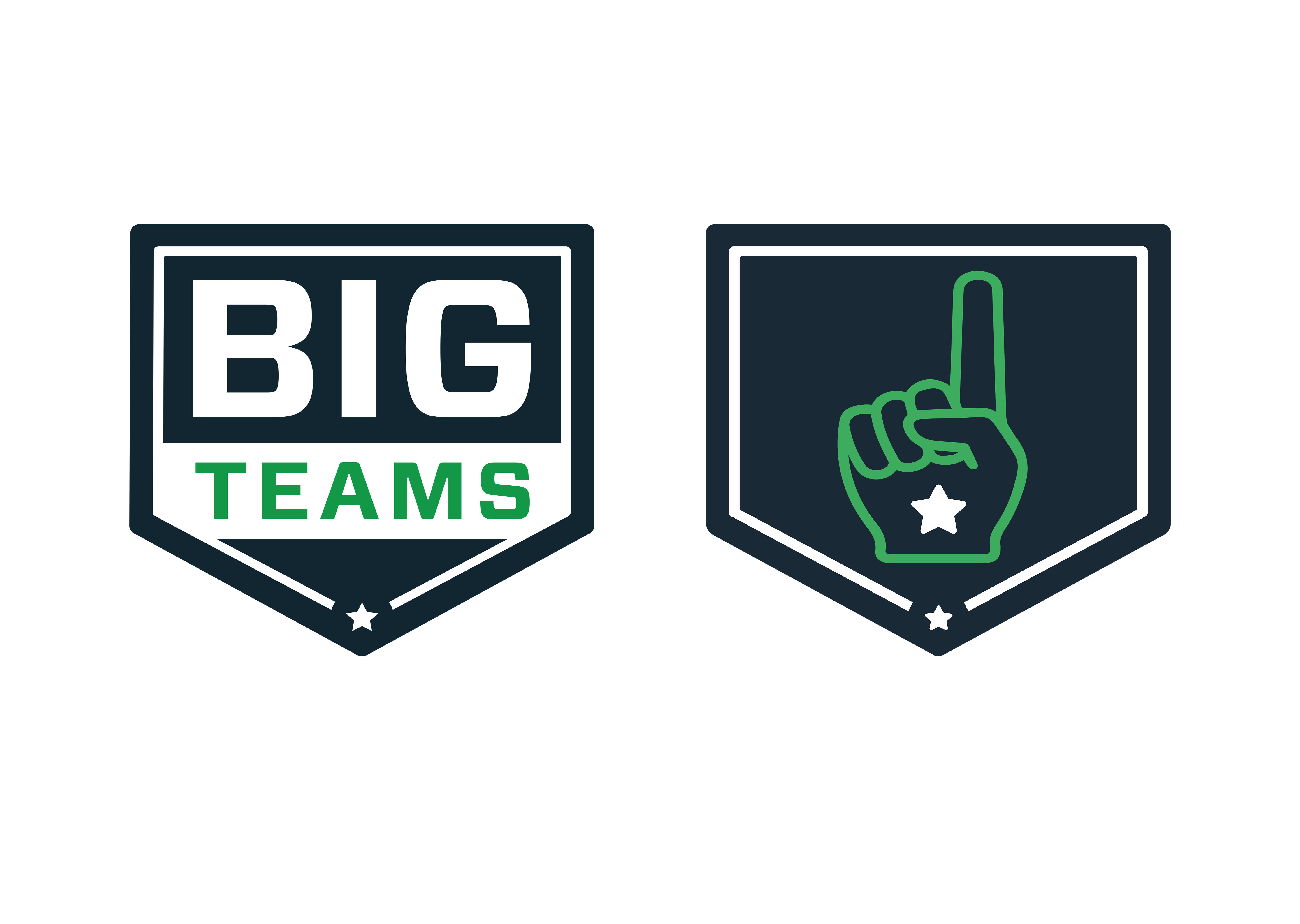Dynamos Athletics
Springdale Jr-Sr High School
Safety in Youth Sports
Safety in Youth Sports
The Safety in Youth Sports Act (Act 200 of 2011) was signed into law on November 10, 2011 by Governor Tom Corbett. The law provides new guidelines and standards for managing concussions and traumatic brain injuries in student athletes. This bill establishes standards for managing concussions to student athletes. In order to return to play the athlete must be cleared by a licensed psychologist trained in neuropathology, by a physician who is trained in the evaluation and management of concussions, or by certain other health care providers under the supervision of the physician.
The bill will require the state Departments of Health and Education to develop and post information on their websites on the nature of concussions in athletic activities and the risks associated with continuing to play or practice after a concussion. Student-athletes and their parents/guardians must sign an acknowledgment of receipt of an information sheet on concussions prior to participation in athletics. The Act also requires coaches to complete a concussion management certification training course. During an athletic contest, coaches will be required to remove athletes from competition if they exhibit signs of a concussion.The legislation became effective on July 1, 2012, in time for the next school year. It does not pertain to private schools, but only to public schools. It covers interscholastic athletics as well as other sports associated with a school entity and includes cheerleading, practices, and scrimmages.
The Act also requires school districts to:
- Review and revise all applicable sports safety policies.
- Provide information to coaches on required training courses and ensure that coaches
- comply with requirements.
- Distribute information from the Pennsylvania Department of Health to all athletes and
- their parents.
- Create acknowledgment forms for parents and students, have them signed, and keep signed forms on file in the district.
- Designate a person or persons who are appropriate medical professionals, to provide clearances for students to return to play.
CDC Information: What are the Signs and Symptoms of Concussion?
Most people with a concussion recover quickly and fully. But for some people, symptoms can last for days, weeks, or longer. In general, recovery may be slower among older adults, young children, and teens. Those who have had a concussion in the past are also at risk of having another one and may find that it takes longer to recover if they have another concussion. Symptoms of concussion usually fall into four categories.
Some of these symptoms may appear right away, while others may not be noticed for days or months after the injury, or until the person starts resuming his/her everyday life and more demands are placed upon them. Sometimes, people do not recognize or admit that they are having problems. Others may not understand why they are having problems and what their problems really are, which can make them nervous and upset.
The signs and symptoms of a concussion can be difficult to sort out. Early on, problems may be missed by the person with the concussion, family members, or doctors. People may look find even though they are acting or feeling differently.
When to Seek Immediate Medical Attention:
Danger Signs in Adults
Contact your health care professional or emergency department right away if an individual has any of the following danger signs after a bump, blow, or jolt to the head or body:
- Headache that gets worse and does not go away.
- Weakness, numbness, or decreased coordination.
- Repeated vomiting or nausea.
- Slurred speech.
In rare cases, a dangerous blood clot may form on the brain in a person with a concussion and crowd the brain against the skull.
Take a person to the emergency department right away if an individual:
- Looks very drowsy or cannot be awakened.
- Has one pupil (the black part in the middle of the eye) larger than the other.
- Has convulsions or seizures.
- Cannot recognize people or places.
- Is getting more and more confused, restless, or agitated.
- Has unusual behavior.
- Loses consciousness (a brief loss of consciousness should be taken seriously and the
- person should be carefully monitored).
Danger Sings in Children
Take a child to the emergency department right away if he/she received a bump, blow, or jolt to the head or body, and:
- Has any of the danger signs for adults listed above.
- Will not stop crying and cannot be consoled.
- Will not nurse or eat.
For additional information on concussions, please visit the:
CDC web site Pennsylvania Department of Health AIU Supporting Student Athletes Website

